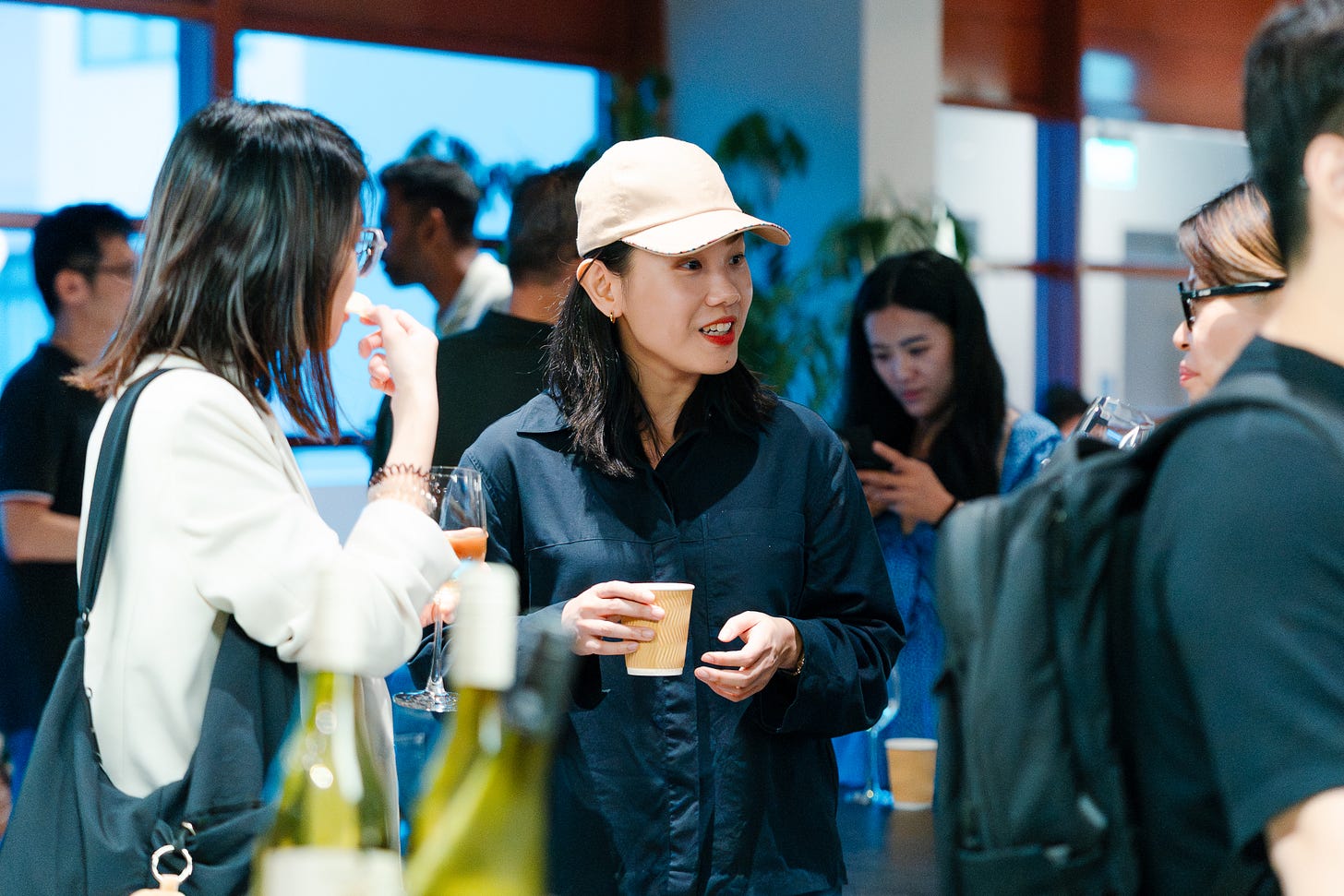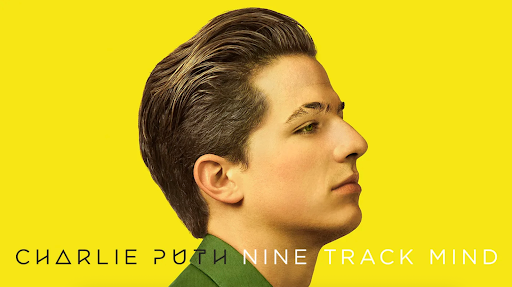The anti-algorithm era
VaynerMedia strategist and writer Miki Sim pens a guest post for Human Algorithm on why the next wave of creativity will be built on serendipity and real human connection.
Miki Sim is a strategist and writer at VaynerMedia, exploring culture, creativity, and technology through the lens of human behaviour. She has led social and brand strategy for global brands, including Red Bull, and now advises companies on digital storytelling and creative strategy. She writes at To Culture, Love Miki.
I came into my office shuffling through content calendars on Sprinklr, lining up posts scheduled across Facebook, Instagram, and X (then still called Twitter).
Ensuring the day’s posts aligned with what audiences cared about was a central part of my job running social media for Red Bull back then. From there, I’d toggle to Meta Business Suite, examining the CPM for each campaign down to every single cent, and I would pump more into ads that performed well and cut loose the ones that became too expensive.
At times, I saw the dashboard acting less like a marketing tool than the bridge of the Starship Enterprise, with glowing windows spread across my dual-monitor setup.
It’s just social media, friends would tell me. However, I felt like a day trader, and by the time I looked up, half the day had gone by. I poured another cup of coffee, turned to the comments, and replied to each one personally, then sketched out new content.
This routine sounds familiar today, but I lived it every day a decade ago.
Even then, I found social media beginning to resemble performance marketing more than an operational tool. Running it like a stock market became an easy strategy: maximise views, extract engagement, and optimise for what performs.
Like many other social media managers, I scanned the horizon for trends, jumping onto them in real time or, with luck, finding a cleverer way to cut through the noise.
The underlying logic was algorithmic. Platforms organised themselves around either the social graph (content served according to who you followed) or, more recently, the interest graph (which prioritised what you lingered on). Either way, the goal was the same: keep you scrolling, tethered to the app, for as long as possible. That’s why we doomscroll into the night, even after a day of social media at work.
For a while, the promise felt liberating. Social media bypassed the traditional gatekeepers, serving our boredom directly and no longer was culture dictated by editors-in-chief; suddenly, everyone had a voice. Smaller creators and upstart brands could capture attention at low or zero cost, which is a sharp contrast to the pay-to-play model of television or print.
This democratisation launched unlikely giants, including MrBeast, Liquid Death, and Charlie Puth, as well as entirely new categories of cultural players.
Yet when I open my apps today, I see the same loops of trends. Even the cafes I visit on weekends have started looking the same. Taste, in turn, has become mediated by the algorithm, and creative agency seems to have slipped away.
Now, generative AI lowers the barriers further. I recall once asking friends to draw an anime portrait of me; today, I can upload a selfie and instantly generate one. Gen AI is collapsing the cost of production to zero.
It makes me wonder: what happens when these algorithmic rivers flood with machine-made media, creating echo chambers tuned to our specific interests? Do we become more delusional and isolated? No wonder platforms like Meta AI are creating separate apps for Gen AI feeds.
Discovery is becoming effortless, frictionless, almost unconscious. ChatGPT now enables Shopify checkouts directly in the chat window. Imagine asking for the best home appliance for your lifestyle and, without leaving the thread, clicking “purchase.” The very technologies that promised liberation from boredom have instead industrialised it, commercialised it, perfected its grip.
Yet when I scan the cultural landscape today as a strategist, I see examples of resistance stirring — especially among Gen Zs. The pushback feels nothing new; it’s more of a resurfacing of pre-social rituals.
Take the rise of running clubs. At first glance, they’re about fitness. But join one and you’ll see that sprinting takes a backseat. What used to be exercise has become an engine of belonging, a way to bypass dating apps and build community in motion. Other clubs — such as trading cards, niche hobbies, and creative circles — each remind us that connection can still be fostered offline. I can still meet new people over shared interests, in real spaces.
Morning raves are another case. In Bangkok and Seoul, and likely elsewhere, people gather after waking up to sweat-soaked dance floors, swapping cocktails for oat lattes and matcha. Unlike the clubbing nights we millennials and Gen Xs grew up with, the point isn’t romance or networking but escape from the algorithm — the unmediated joy of music shared in a room full of strangers.
Even in the Hamptons, teenagers circulate local neighbourhood zines like The Ditch Weekly — hand-stapled antidotes to the abstractions of digital feeds. Imagine not knowing when the next drop is, only to be handed a paper full of hidden stories from your own town.
These cultural counter-movements hold an essential lesson for brands, founders, and creators: the next wave of cultural relevance won’t be driven by reach or optimisation, but by how deeply you can design for serendipity, friction, and real human presence. People are rejecting the monotony of over-optimisation, so the opportunity ahead lies in creating experiences that feel unengineered, unrepeatable, and human.
As the cultural theorist Matt Klein has noted, to track culture, one must also look for counter-trends. Both can, and do, exist simultaneously in today’s fragmented landscape. Even within myself, I can hold two views at once; both matcha and latte are great.
After a decade of polishing hooks, I still catch myself refreshing feeds for the human story that captures my heart. The personal connection no algorithm could have served me.
Vogue’s repositioning is instructive: its new editorial head, Chloë Malle, has called the magazine a form of “luxury media,” the opposite of algorithmic fast food. That marks, I’d argue, the beginning of the anti-algorithm era, which is a return to curation, community, and creative risk.
After years of dashboards, CPMs, and performance reports, I have learned that the stories that stay with us are not the ones optimised for clicks, but the ones discovered by chance, where serendipity is still more memorable than a great hook.






